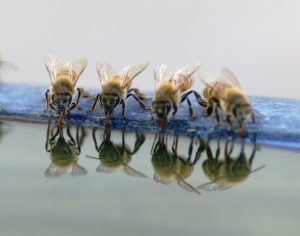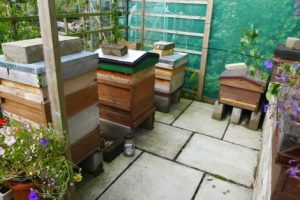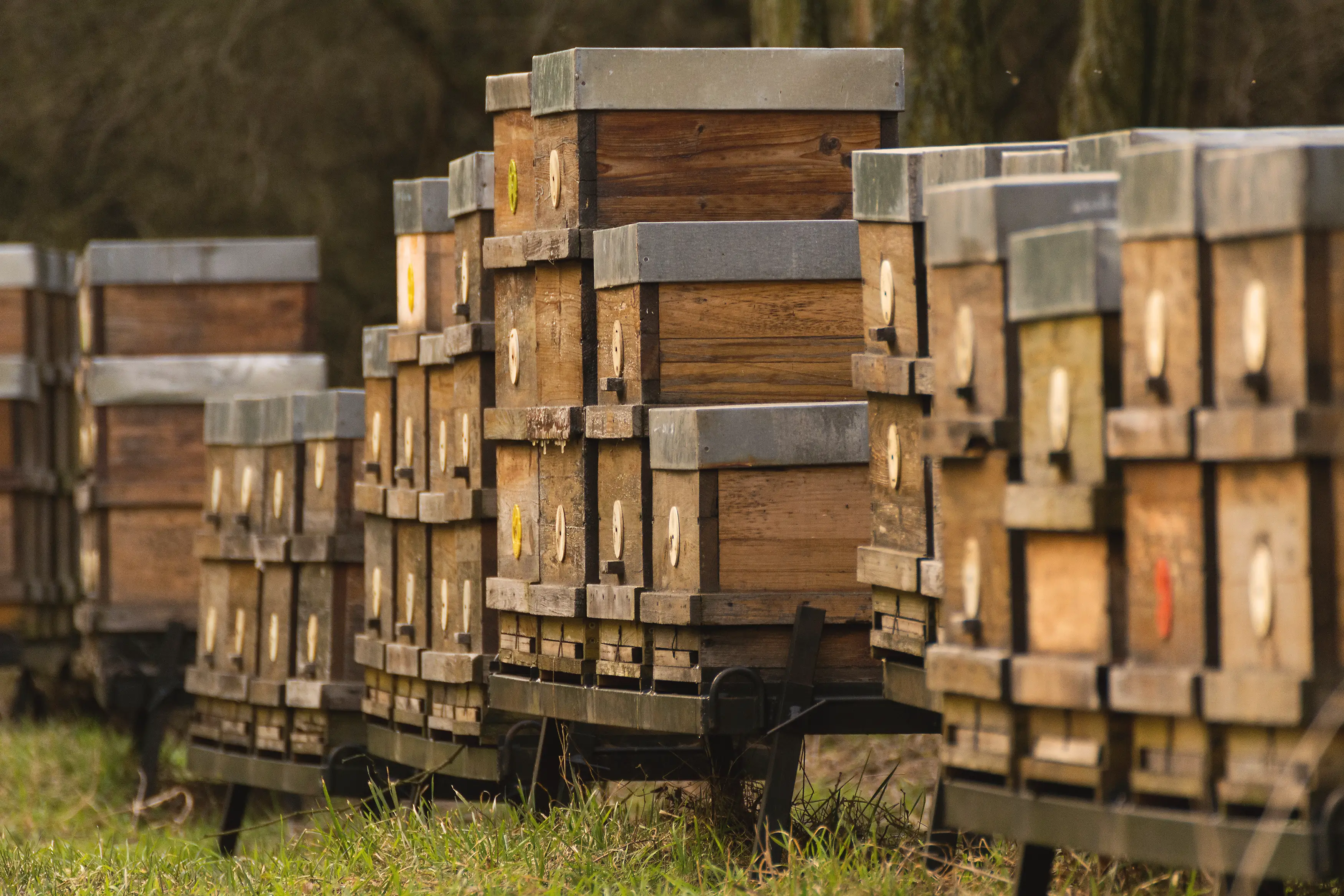An important decision for any beekeeper is optimizing the location of their beehives. Because of their versatility, beehives can actually be placed anywhere- in an urban setting or in the countryside, on a rooftop or a backyard, provided certain basic conditions are met. Below are some key points that you, as a beekeeper, must consider when deciding where to keep your beehive.
Where should you keep your beehive?
Bees are amazingly adaptive insects and this fact is well documented by how they thrive in the wild. So, as a beekeeper, you will need to provide your bees a little help to reap the benefits of their extreme adaptiveness. To decide on the perfect location for placing your beehives, take a look at how bees build their hives in nature. Most often they select cool and dry places that are high above the ground to build their homes. Also, the hives have only one point of entry and exit. Drawing inspiration from these features, the factors that dictate the position of your beehives are listed below.
Temperature
Perhaps the most important factor for the bees to have a healthy life is to ensure that their hives maintain an ambient temperature for them. The ideal temperature for the bee colony is about 95oF (or 35oC). At a temperature higher than this, the bees will all gather outside the hive and flap their wings to make cool airflow into the hive. conversely, if the hive is colder than this then the little insects will huddle around their queen and the brooding cells to generate heat.
Hence, you have to decide carefully on how to maintain this ideal temperature in the hive for your bees. The usual practice is to place the hive in an area that gets a lot of sunlight in a colder climate (<70oF or 21oC). In warmer places( i.e. >70oF or 21oC), it is prudent to place the hives in a shaded area.
Early morning sunlight
Placing the hives facing the southeast direction is always a good idea. That way the bees get an early morning wake-up call and can start with their foraging for nectar early.
Wind protection
Strong winds are detrimental to the beehives. They can bring in the rain and can even blow off parts of the hives. To prevent this undue stress on your bees, carefully choose a location that protects the hives from winds. A good practice is to position the entrance in a way that it is away from the path of any direct wind. Additionally, protect the rear of the hives by planting a row of shrubs or plants that can break the wind. Some people also use fencing covered with burlap or bales of hay for this purpose.
Another way to secure the hives from extreme wind conditions is to use straps that secure the beehives from being turned or blown over by gusts of wind.
Moisture and damp prevention
Dampness is a major deterrent to the health of bees and the hives. If placed at a level that is close to the ground, the risk of moisture seeping up from the soil to the hives increase. This prevents the bees from curing their honey properly. It may also cause mold in the hives, which, in turn, affects the health of the bees. Thus you would want to place your beehive at a location that is not susceptible to dampness and moisture.
Look out for areas that are prone to moisture and standing water and avoid them. Also, make sure that water cannot make its way through the hive opening. A good practice is to slant the hive slightly, with the front part about an inch lower than the hive posterior. That way, any water that enters the hive can drain out.
Proximity to water
Bees need to drink a lot of water in addition to the nectar they gather. Provide them with a shallow trough of water with gravel/pebbles in it to drink from. Take care so that the level of water is just below the pebbles, otherwise the little girls might drown. Alternatively, you can also keep some damp moss for the bees to suck on for water.
The water source should be placed somewhere along the major thorough way for the bees for their easy access.

Accessibility
As a beekeeper, you need to consider your accessibility to the hives to make your life a little bit easier. Place your beehives in such a spot so that you can gather the honey and tend to the bees without much travel. Honey is a heavy product and you will need to plan ahead so that you can harvest it without much trouble.
Hive safety
The safety of the beehives is a paramount reason why it is advised to place them on higher grounds. Several insects like ants and small mammals and rodents like mice love to forage into the hives for food. So keeping the hives off the ground with the help of a stand or something similar is much recommended.
The Neighbors
Finally, make sure that your neighbors are not disturbed by your hives. For this, place your hives in a spot that is away from your neighbor’s properties. Keeping the entrance to the hives about 25 feet away from the neighboring grounds is a safe practice. It is also essential that the location of the hives keep them as low profile as possible to refrain from any unnecessary interference. And at the end of the harvest season, do share a jar or two of your honey with your neighbors to show your appreciation.

So to answer the question “where to keep your beehive?”, you will need to consider the above-mentioned points to choose a location that is beneficial for your bees. While it is often difficult to find a specific location which caters to all the requirements, it is very much possible to figure a spot that ticks off most of the boxes.
Once you build your hive in a suitable place, you will find that your bees are very adaptive little critters, and that just a little help from you will take them a long way.


![3 Big Mistakes Beginner Beekeepers Make [And How To Avoid Them!]](https://beekeepingabc.com/wp-content/uploads/2020/11/3-mistakes-beginner-beekeepers-make-90x75.jpg)

![Move over ducks, Queen Bees quack too! [Here’s Why]](https://beekeepingabc.com/wp-content/uploads/2020/06/queen-bee-90x75.png)
![The Flow Hive 2 Review [ Vs. The Classic Flow Hive]](https://beekeepingabc.com/wp-content/uploads/2020/02/Flow-Hive-2-90x75.jpg)
![How Bees Fly [10 Facts About How, When, and Why]](https://beekeepingabc.com/wp-content/uploads/2019/12/A-Bee-Flying-90x75.jpg)